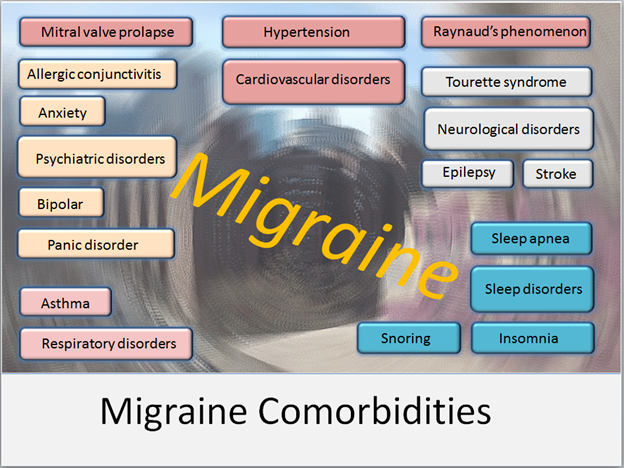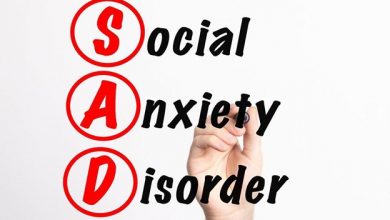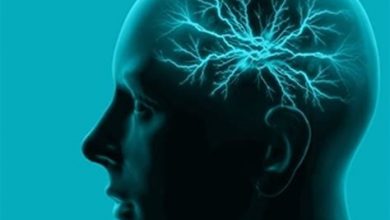Things You Should Know About Migraine
Understanding migraine

What Is Migraine, Symptoms, And Tips To Get Rid Of Nausea To Avoid Vomiting
In today’s article, I’m going to talk about what’s migraine, the usual symptoms of it, and some tips to get rid of nausea and avoid vomiting.
First of all, let’s understand what’s exactly migraine.
What Exactly Is a Migraine?
Migraine is a neurological disorder that can present itself in a number of ways but most of the time It’s often accompanied by serious, incapacitating headaches.
Nausea, vomiting, trouble breathing, numbness or tingling, and sensitivity to light and sound are all possible symptoms, migraines are common in families and affect people of all ages.
Migraine headaches are diagnosed based on the patient’s medical history, confirmed symptoms, and the elimination of all possible causes.
The two most common types of migraine headaches are those:
- Without aura (previously known as common migraines)
- With aura (previously known as severe migraines) (previously known as classic migraines).
Recommended read, Tips to get rid of a headache
Migraine Symptoms
Migraine symptoms will appear one or two days prior to the headache.
This stage is referred to as the prodrome. During this time, you can experience the following symptoms:
- Cravings for food
- Depressed mood (How to fight depression)
- Tiredness or a lack of resources
- A lot of yawning
- A high level of activity
- Dissatisfaction
- Stiffness in the spine
The aura appears after the prodrome stage of migraine with aura. Meaning, during this stage you can have problems with your vision, feeling, movement, and expression when experiencing an aura.
The following are some examples of these issues:
- Having trouble thinking clearly
- Tingling or prickling sensations in your ears, arms, or legs
- Noticing forms, pulses of light, or bright spots
- You can experience temporary vision loss.
The attack process is the next phase. When the real migraine pain occurs, this is the most acute or intense of the stages usually, this can overlap or happen during an aura in certain people.
Symptoms of the attack process will last anywhere from hours to days.
Migraine symptoms differ from person to person. Such signs and symptoms to look out for are:
- Increased light and sound sensitivity
- Stomach ache
- Dizziness or a fainting sensation
- Pain on one side of your head (left, right, front, or back), or in your temples
- Throbbing and pulsing head pain
- The act of vomiting
- Migraine headaches
- Migraine pain is defined as:
- Thumping
- A burning sensation
- The perforation
- The pounding
- Incapacitating
…It can also feel like a severe dull ache that doesn’t go away.
The pain can begin mildly, but if left untreated, it can progress to moderate to severe levels.
Migraine pain is most often felt in the region of the forehead, it normally affects one side of the head, but it may affect both sides of the head or turn.
The average migraine lasts around 4 hours but they can last anywhere from 72 hours to a week if they aren’t treated or don’t respond to treatment. Pain can overlap with or occur without an aura in migraines with aura.
Migraine Causes Nausea
Nausea is a symptom for more than half of those who suffer from migraines and the majority of them also vomit.
These signs and symptoms can appear at the same time as the headache and they usually begin about an hour after the headache pain begins.
Nausea and vomiting can be just as bothersome as a headache, you will be able to take your regular migraine medicine if you just have nausea. But vomiting, on the other hand, will make it difficult to swallow pills or hold them in your body long enough to be absorbed.
If you have to put off taking your migraine medicine, it is possible that your migraine will worsen.
Getting Rid of Nausea and Avoiding Vomiting
If you have nausea but no vomiting, your doctor can prescribe anti-nausea or antiemetic drugs to help you feel better. In this case, an antiemetic could be useful in preventing vomiting and alleviating nausea.
Acupressure can be beneficial in the treatment of migraine nausea. According to a 2012 study trusted Source, acupressure decreased the severity of migraine-related nausea as early as 30 minutes and improved over 4 hours.
What Are The Causes of Migraines
Migraines are yet to be definitively linked to a cause. They have discovered, however, several contributing factors that can trigger the disease. Changes in brain chemicals, such as a drop in serotonin levels, are examples of this.
Other things that can cause a migraine are:
- Dazzling lights
- Extreme heat or other weather extremes
- A lack of water
- Barometric pressure varies
- Estrogen and progesterone fluctuations in women, such as during menstruation, pregnancy, or menopause
- Excessive anxiety
- Loud noises
- A lot of physical activity
- Meal skipping
- Alterations in sleep habits
- Unusual odors some foods use of certain drugs, such as oral contraceptives or nitroglycerin
- Cigarette smoking
- Consuming alcoholic beverages
- Traveling for long periods of time
Check My Private Library For Psychology
…
Would You Like To Be Able To Help, Heal, And To Change Your Life And The Life Of Many People By Learning New Skills?…
Below Are The Easiest And The Most Effective Ways To Make It Happen!
- Become A Coach And Start Earning By Helping Other People
- Master Your Profession, Your Passion, Or Something New
- Be Part Of The World’s Leading Experts And Find Success
- At-Home Treatment For Children With Anxiety
Other Important Resources
- Improve Your Life Today (Book)
- IG: Personal / Eagle Beagle Spirit
- Visit Our Shop or Become An Ambassador
Always fighting for your rights and your daily improvement,
Juan Plamen




